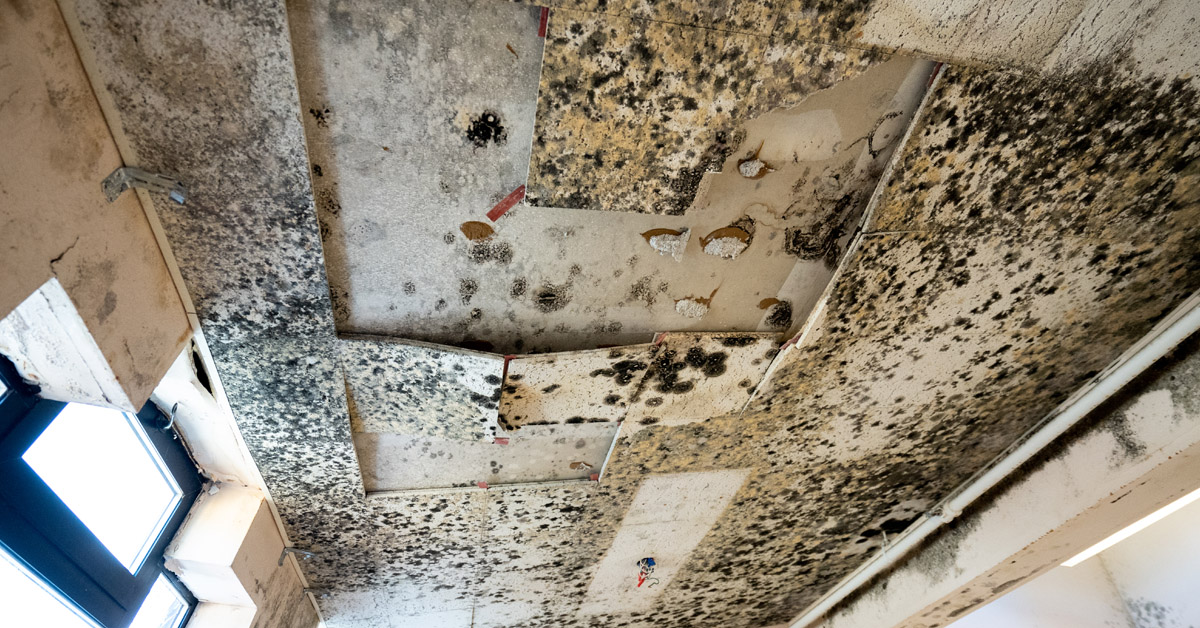When it comes to maintaining a safe and healthy home, few threats are as insidious as black mold. This unwelcomed intruder can lurk in hidden corners, feeding off moisture and humidity, while often going unnoticed until the damage is done.
For concerned homeowners, identifying black mold is not just a matter of pest control; it’s an essential step in safeguarding your family’s health. Mold spores can trigger allergies, respiratory issues, and a range of other health problems, making vigilance crucial.
In this comprehensive guide, we’ll explore the telltale signs of black mold, how to recognize its distinctive appearance, and practical steps to take if you suspect its presence in your home. Equip yourself with the knowledge you need to confront this stealthy foe—because the sooner you act, the healthier your living environment will be.
Common Signs of Black Mold Infestation

Identifying black mold infestation can be a daunting task, but there are several telltale signs to watch for. First and foremost, a musty odor often permeates the air, a smell reminiscent of damp, decaying leaves, which can be unsettling.
Visually, look for black or greenish patches on walls, ceilings, and even on furniture, as these irregular spots are typically fuzzy or slimy in texture. Water-damaged areas, such as stains in drywall or soft spots in flooring, often signal a hidden mold problem lurking behind the surface.
Additionally, be alert for unexplained respiratory issues or allergic reactions among household members; these can be key indicators that mold is present. If you notice an increasing frequency of such symptoms coinciding with these visual cues, it’s essential to act promptly, as the implications for health and property can be significant.
Health Risks Associated with Black Mold Exposure

Black mold, scientifically known as Stachybotrys chartarum, can pose serious health risks when individuals are exposed to its spores or mycotoxins. Symptoms can range from mild to severe, including persistent coughing, sneezing, skin irritations, and even debilitating respiratory issues.
For those with pre-existing conditions, such as asthma or allergies, exposure may trigger exacerbated symptoms or lead to new complications. Interestingly, some individuals may experience more severe reactions, such as chronic fatigue or neurological issues.
The risk becomes even greater for vulnerable populations, like infants, the elderly, or those with compromised immune systems, who may find themselves particularly susceptible to the insidious effects of this toxic fungus. Understanding these health implications underscores the urgency of identifying and addressing mold problems promptly, ensuring a safe and healthy living environment.
Preventing Black Mold Growth in Your Home

To effectively prevent black mold growth in your home, it’s essential to tackle humidity and moisture head-on. Begin by ensuring proper ventilation in areas prone to dampness, such as kitchens and bathrooms; use exhaust fans and crack windows whenever possible to keep air flowing.
Regularly check for leaks in pipes, roofs, and windows—because, often, the tiniest drip can lead to a moldy disaster. Don’t overlook the importance of maintaining your gutters, as clogged systems can cause water to seep into your home’s foundation.
Additionally, consider using a dehumidifier in basements or other high-moisture areas, keeping indoor humidity levels below 50%. Remember, a few small changes can create a barrier against mold, keeping your home—and health—safe and sound.
Conclusion
In conclusion, identifying black mold is a crucial step for homeowners concerned about the health and safety of their living environment. By being vigilant and knowing the signs to look for, such as visible growth, musty odors, and health symptoms, you can take proactive measures to address potential mold issues in your home.
If you suspect the presence of black mold, consider consulting professionals for a thorough mold inspection Tampa or your local area, as they can provide the expertise and tools needed to ensure a safe resolution. Protecting your home from mold not only preserves its integrity but also safeguards the well-being of your family.


